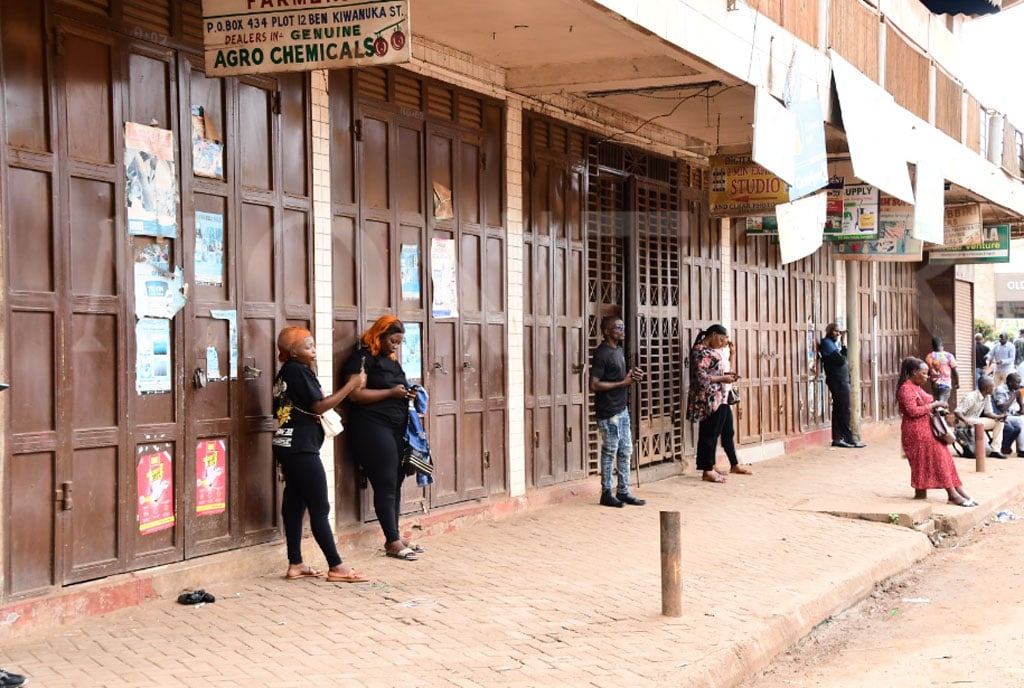60% Ugandans search jobs through connections - report

People, mostly youth, are seen checking a job-shortlist in Kampala in the past. PHOTO/FILE
What you need to know:
- Ubos highlighted that an overwhelming 96 per cent of Uganda’s nearly 20 million netizens spend time on social networking platforms.
At least 60 per cent of Uganda’s 23 million people in the working age population search for jobs through their friends and relatives, the 2021 National Labour Force Survey (NLFS) by the Uganda Bureau of Statistics (Ubos) has revealed.
Ubos defines the working population as one which “during a period of one week preceding the date of interview- were engaged in any activity to produce goods or provide services for use by others in exchange for pay or profit.”
The NLFS statistics accessed by Monitor further show that 19 per cent of the working age group attempt to find jobs directly from employers.
Further, 16 per cent of the same population search for jobs through newspaper job advertisements from potential recruiters while 2 percent aim to find jobs through intermediary or brokers.
An additional 3 per cent seek jobs by what NLFS described as “other means.”
According to Ubos’ Principal Statistician in the population directorate, Micheal Ogen, about 67.3 per cent of working Ugandans have oral agreements with employers.
“32.7 per cent operate by written [formal] contracts,” he disclosed in a report released November 16.
On Wednesday, Ubos highlighted that an overwhelming 96 per cent of Uganda’s nearly 20 million netizens spend time on social networking platforms.
Ubos rated the purpose of internet use in the country as: 68 per cent for information, 48 per cent for entertainment, 28 per cent for academic work, 17 per cent for business and a lowly 10 per cent for job searches.
The East African nation of over 43 million people is is currently burdened with an age dependency ratio exceeding 80 per cent, Ubos data suggests.
“The Bureau conducts labour force surveys to generate quality and official labour market indicators. First stand-alone NLFSs were in 2011/12, 2011/12 and 2016/17 and the 2021 NLFS is the third,” Mr Ogen disclosed.
Further, he explained that the 2021 NLFS adopted the latest international standards on labour statistics including resolutions of the 20th International Conference of Labour Statisticians (ICLS) of October 2018 concerning statistics on work relationships, child labour and the methodology of SDG indicators on labour rights and youth employment.
“NLFS found out that labour force participation rate was at 48 per cent with males constituting 58 per cent,” Mr Ogen said adding that “labour force participation rate in 2021 indicates an increase from 43 percent in 2019-20.”




